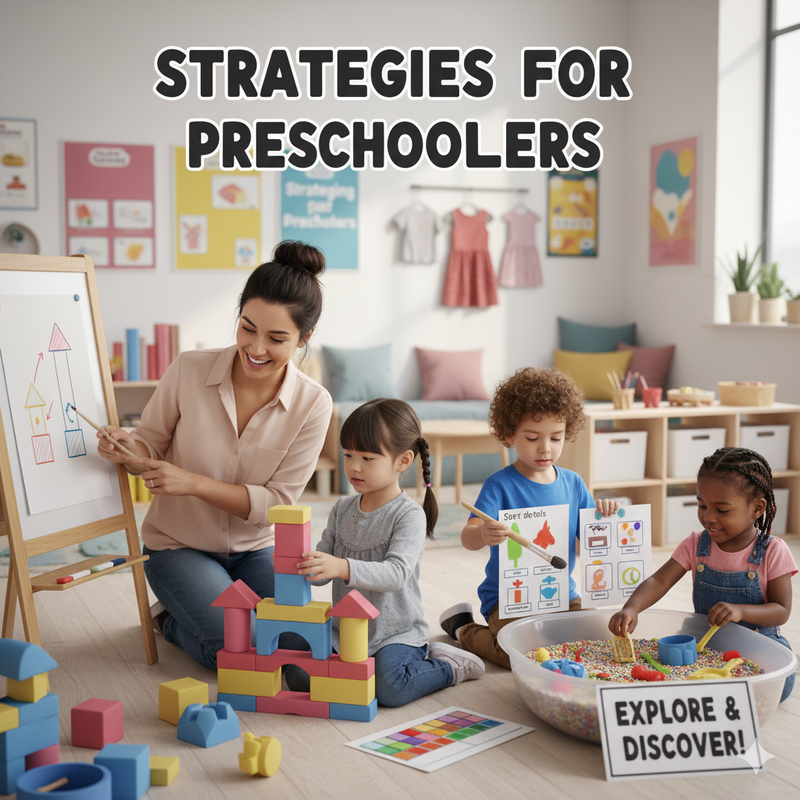
Parenting & Family
Positive Discipline Strategies for Preschoolers That Actually Work
Positive Discipline Strategies for Preschoolers That Actually Work
Raising a preschooler is both rewarding and challenging. Between big emotions, curiosity, and boundless energy, it’s easy for parents to feel overwhelmed. Traditional punishments—like yelling or time-outs—often fail to teach lasting lessons. That’s where positive discipline comes in.
Positive discipline focuses on teaching, not punishing. It helps children learn responsibility, empathy, and respect. Here’s how you can put it into practice.
1. Understand the Purpose Behind Behavior
Every behavior—good or bad—has a reason. Preschoolers often act out due to hunger, fatigue, or frustration. Before reacting, ask: “What is my child trying to communicate?”
SEO keywords: child behavior, emotional development, positive parenting.
2. Set Clear and Consistent Boundaries
Children thrive when they know what’s expected. Instead of vague warnings like “Be good,” say, “We use quiet voices indoors.”
Consistency builds trust and predictability.
3. Use Positive Reinforcement
Praise specific actions: “You shared your toy so kindly!”
Positive attention encourages repetition of good behavior and builds self-esteem.
4. Model the Behavior You Want
Preschoolers learn more from observation than lectures. Show respect, patience, and calm communication—they’ll mirror it.
5. Offer Choices to Encourage Independence
Choices reduce power struggles. Example: “Would you like to brush your teeth before or after putting on pajamas?”
This fosters cooperation and self-control.
6. Teach Emotional Regulation
Help your child label emotions: “You’re feeling mad because we had to leave the park.”
Name it, validate it, and guide them toward solutions—this strengthens emotional intelligence.
7. Use Natural Consequences
Let children experience real-world outcomes safely. If they refuse to wear a jacket, they’ll feel cold and learn from it—no scolding needed.
8. Create Routines for Predictability
Predictable routines ease anxiety and reduce meltdowns. Visual charts can help children follow daily tasks independently.
9. Stay Calm During Tantrums
Your calmness teaches self-regulation. Take deep breaths, lower your tone, and stay nearby. Emotional connection matters more than control.
10. Focus on Connection Before Correction
When discipline starts from empathy, children are more likely to listen and learn. Hugs, kind words, and patience go a long way.
Comments (0)
Please log in to comment
No comments yet. Be the first!